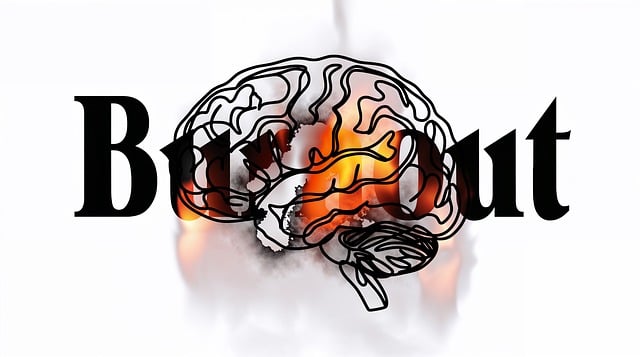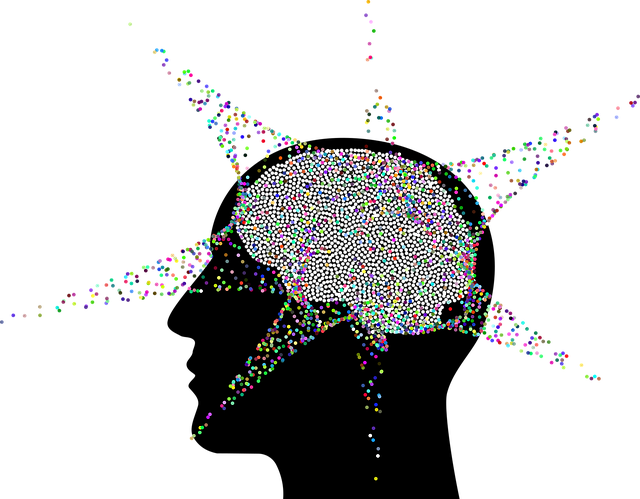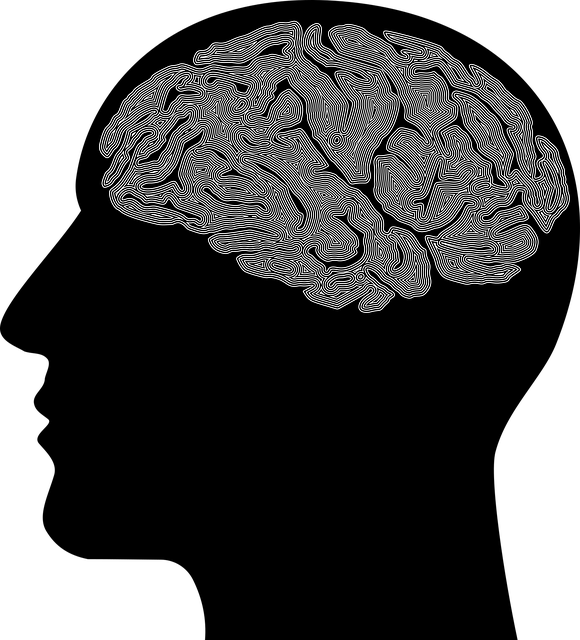Public awareness campaigns, like Castle Rock EMDR Certified Therapy's initiatives, leverage media and digital platforms to educate communities about mental health issues, specifically EMDR as a depression prevention tool. These campaigns inspire action, break down stigma, and promote early intervention through compelling narratives and interactive elements. By strategically focusing on relatable messages, visually appealing media, and consistent branding, they capture audiences' attention. Evaluation metrics like surveys, website traffic, and social media engagement measure success and highlight the positive impact on emotional well-being within communities.
Public awareness campaigns play a pivotal role in shaping societal attitudes and behaviors, especially regarding mental health. This article explores their significance, highlighting how initiatives like Castle Rock EMDR Certified Therapy are revolutionizing mental healthcare accessibility. We delve into the essential components of successful campaigns, offering strategies for measurement and evaluation. By understanding these dynamics, we can create impactful programs that foster a healthier community, as exemplified by the unique approach taken in Castle Rock’s therapy model.
- Understanding Public Awareness Campaigns: Their Role and Impact
- Castle Rock EMDR Certified Therapy: A Unique Approach to Mental Health Awareness
- Key Components for Developing Effective Awareness Campaigns
- Measuring Success: Evaluation Strategies for Public Awareness Campaigns
Understanding Public Awareness Campaigns: Their Role and Impact

Public awareness campaigns play a pivotal role in shaping societal perceptions and behaviors, with significant impacts on various aspects of public health. These initiatives are designed to educate and inform individuals about critical issues, encouraging them to take proactive measures. By disseminating information through diverse media channels, such as social media, television, and community events, these campaigns can foster a deeper understanding of complex topics. For instance, Castle Rock EMDR Certified Therapy has been instrumental in raising awareness about the effectiveness of Eye Movement Desensitization and Reprocessing (EMDR) for Depression Prevention, highlighting its potential to revolutionize mental health care.
The success of public awareness campaigns lies not only in their ability to communicate critical messages but also in inspiring action. They can motivate individuals to seek support for mental health issues, adopt healthier Self-Care Practices, and make informed decisions regarding Risk Management Planning for Mental Health Professionals. Through creative storytelling, personal narratives, and interactive activities, these campaigns have the power to break down barriers, challenge stigma, and encourage early intervention. Ultimately, by harnessing the potential of public awareness, communities can work towards building resilience and enhancing overall well-being.
Castle Rock EMDR Certified Therapy: A Unique Approach to Mental Health Awareness

In the realm of mental health awareness, Castle Rock EMDR Certified Therapy stands out as a game-changer. This unique approach leverages Eye Movement Desensitization and Reprocessing (EMDR) techniques to help individuals process traumatic memories and develop coping skills. By integrating this evidence-based therapy into public awareness campaigns, communities can address not only the prevalence of mental health issues but also the specific challenges faced by healthcare providers, such as burnout prevention strategies.
The holistic nature of Castle Rock EMDR Certified Therapy goes beyond individual treatment. It facilitates community outreach program implementation, fostering a supportive environment where folks can openly discuss mental health topics. This inclusive strategy ensures that everyone, from professionals to everyday citizens, has access to resources aimed at enhancing emotional well-being. In today’s digital era, such initiatives not only revolutionize the way we perceive and address mental health but also create a vibrant tapestry of support for those in need.
Key Components for Developing Effective Awareness Campaigns

Developing effective public awareness campaigns requires strategic planning and a deep understanding of the target audience’s needs. Key components include defining a clear and compelling message that resonates with individuals, utilizing engaging media formats such as videos or infographics to convey information, and establishing a consistent brand identity across all platforms. When creating content for Castle Rock EMDR Certified Therapy, for instance, it’s crucial to highlight the benefits of this therapeutic approach in promoting mental wellness.
Incorporating interactive elements like Mood Management techniques, Mental Wellness Journaling Exercise Guidance, or discussions on Emotional Intelligence can enhance audience engagement and understanding. These campaigns should also consider the power of storytelling, sharing real-life experiences to humanize the issue and foster a sense of community around mental health awareness. By combining these strategies, organizations can effectively raise awareness, challenge stigma, and encourage individuals to seek support when needed.
Measuring Success: Evaluation Strategies for Public Awareness Campaigns

Measuring the success of a public awareness campaign is paramount to understanding its impact and identifying areas for improvement. Evaluation strategies play a pivotal role in gauging the effectiveness of such initiatives, ensuring that messages resonate with the intended audience and drive meaningful change. For campaigns focused on mental health awareness, like Castle Rock EMDR Certified Therapy, assessing success might involve tracking increases in knowledge about specific therapies, such as Eye Movement Desensitization and Reprocessing (EMDR), and shifts in attitudes towards seeking emotional healing processes.
One effective method is to employ pre- and post-campaign surveys to gauge knowledge levels and attitudinal changes. Additionally, analyzing website traffic, social media engagement, and attendance at related events or workshops can provide valuable insights. For instance, a Stress Management Workshops Organization might measure success by evaluating the number of participants who adopt positive thinking strategies post-campaign. These evaluation strategies not only help in refining future campaigns but also underscore the tangible benefits of public awareness efforts in fostering emotional well-being within communities.
Public awareness campaigns play a pivotal role in educating communities and driving meaningful change. As demonstrated by Castle Rock EMDR Certified Therapy, innovative approaches can significantly enhance mental health initiatives. By combining scientific methods with targeted communication, these campaigns empower individuals to take control of their well-being. When properly structured and evaluated, as discussed in this article, awareness campaigns become powerful tools that foster positive transformations within society.














